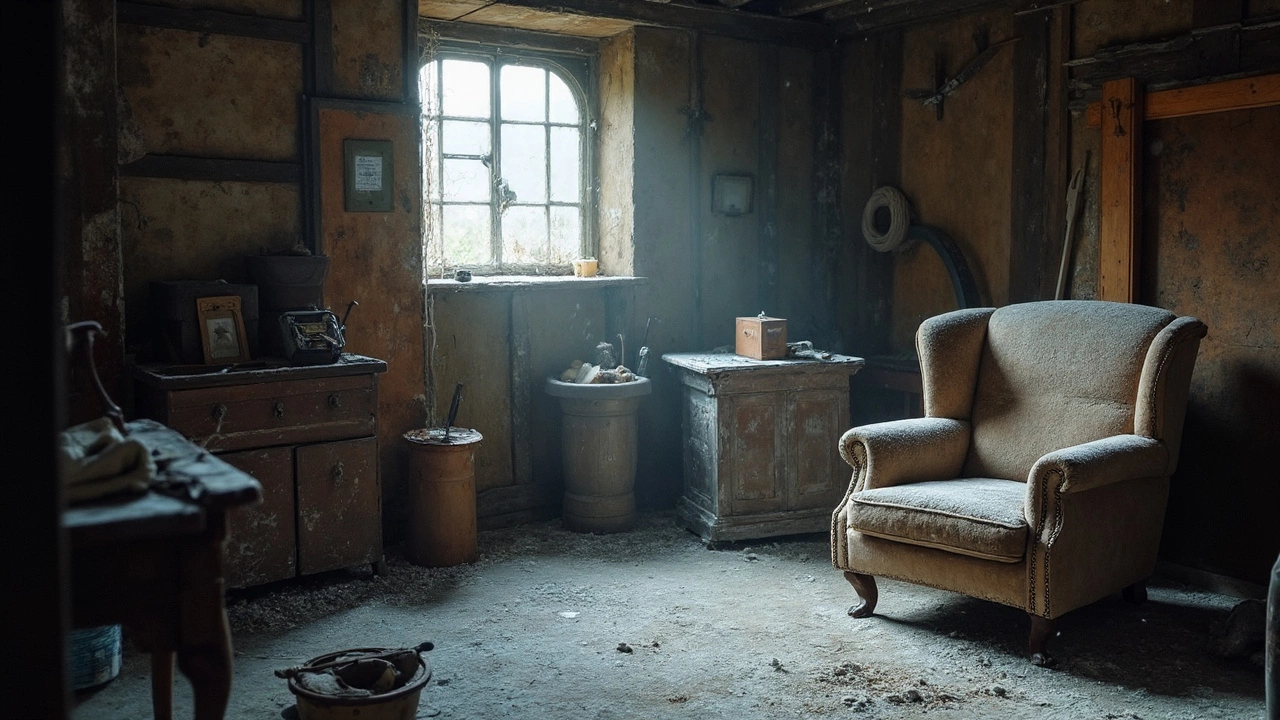Cold Garage Solutions for a Warmer, More Usable Space
Got a garage that feels like a walk‑in fridge? You’re not alone. Many UK homes have garages that sit cold all year, making it hard to work, store things or even park a car. The good news? A few cheap fixes can turn that chilly box into a handy room you actually want to use.
Insulating the Cold Garage
The first step is stopping the cold from getting in. Start with the garage door – it’s the biggest source of heat loss. Peel‑and‑stick weather‑stripping around the frame costs under £10 and blocks drafts. If you have a metal door, consider an insulated panel kit; the panels snap on and add a couple of inches of R‑value without major construction.
Walls and ceilings are next. Rigid foam board or reflective foil insulation works well on interior surfaces. Cut the foam to fit, secure it with construction adhesive, then cover it with a simple drywall or plywood sheet for a finished look. If you can’t afford full coverage, focus on the side walls that face the most wind.
Don’t forget the floor. A thin layer of interlocking foam tiles or rubber mats provides a buffer against cold concrete and makes the space more comfortable to stand on. It also helps with moisture, which tends to collect on cold floors.
Smart Heating and Storage Ideas
Once the garage is sealed, adding a low‑cost heat source makes a big difference. A portable electric convection heater is easy to move and plugs into a standard outlet. Look for models with a built‑in thermostat so you don’t waste power. For greener options, a small propane or natural‑gas infrared heater can heat the space quickly, but be sure the garage is well ventilated.
Heat isn’t the only thing you need to think about. Moisture can turn a cold garage into a damp horror show. A compact dehumidifier runs quietly and pulls excess water out of the air, protecting tools and stored items from rust.
Now that the garage is warmer and drier, you can organise better. Wall‑mounted pegboards keep tools off the floor and free up space. Over‑door racks hold bikes, ladders or garden bags without taking up floor area. Use clear plastic bins with lids for seasonal items – the see‑through design means you won’t have to open every box to find what you need.
If you want to use the garage as a workshop or hobby room, install a few LED strip lights. They’re cheap, energy‑efficient and give bright, even lighting. A simple workbench made from reclaimed timber can be built in a weekend and adds a sturdy surface for projects.
Finally, safety matters. Make sure any heater you use has a tip‑over switch and never leave it running unattended. Keep fire extinguishers nearby and check that electrical outlets aren’t overloaded.
With these steps – sealing gaps, adding insulation, choosing a sensible heater, and organising storage – your cold garage can become a comfortable, functional extension of your home. You’ll save money on heating, protect your belongings and maybe even enjoy a new workspace. Give it a try and feel the difference the next time you open the garage door.
Storing Furniture in a Cold Garage: What You Need to Know
Storing furniture in a cold garage can be a space saver but comes with challenges. Cold temperatures can affect the condition of your furniture, particularly with materials like wood and upholstery. Understanding the risks and taking preventative measures can help maintain the quality of your items. Simple DIY solutions and proper preparation can make a world of difference. Equip yourself with the right knowledge to ensure your stored furniture stays in tip-top shape.
More
